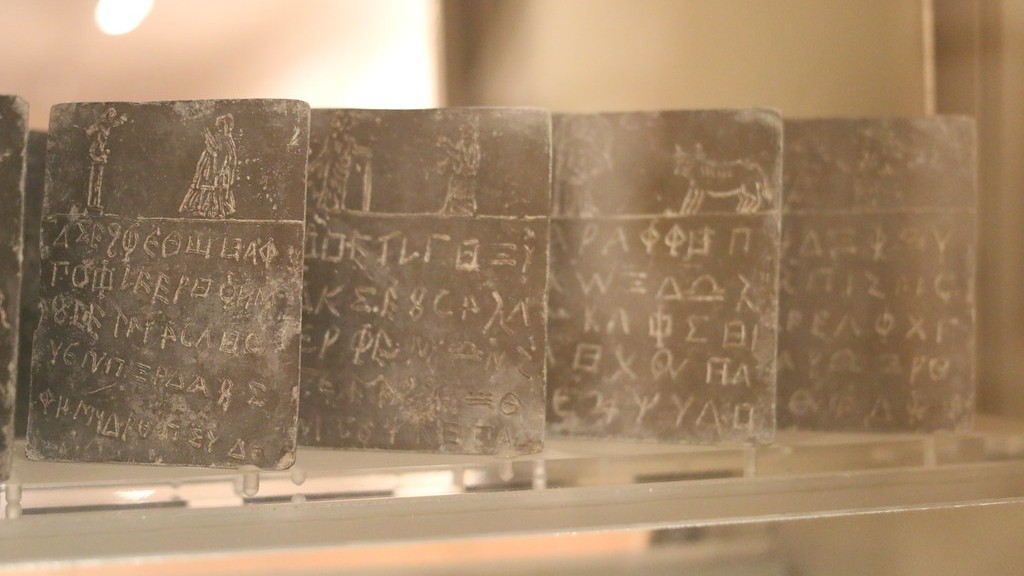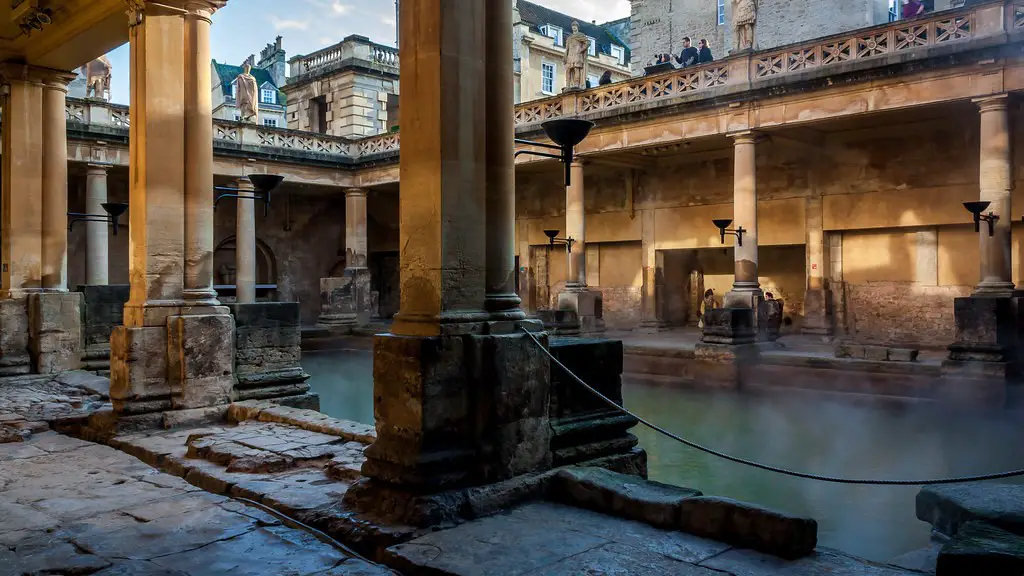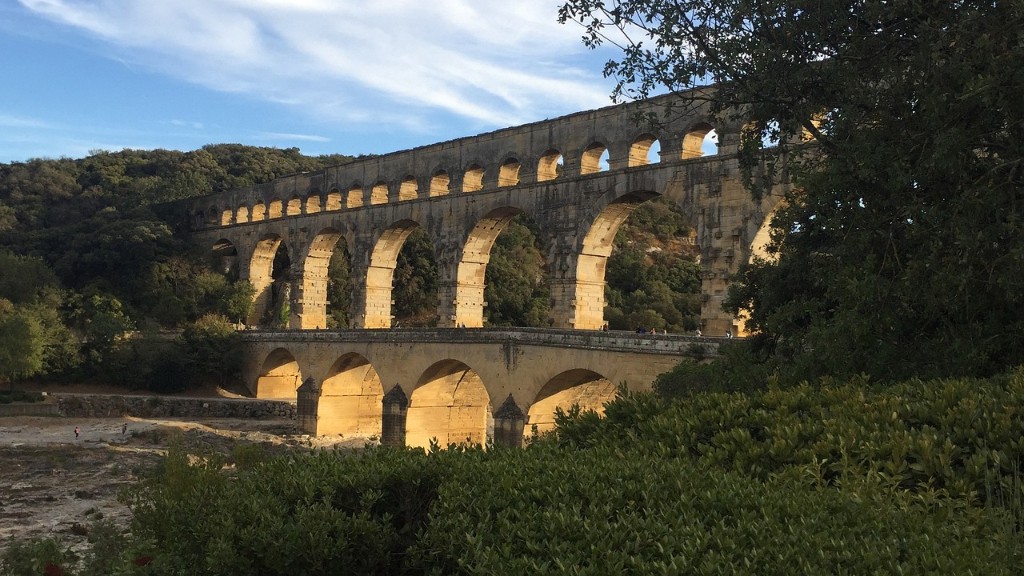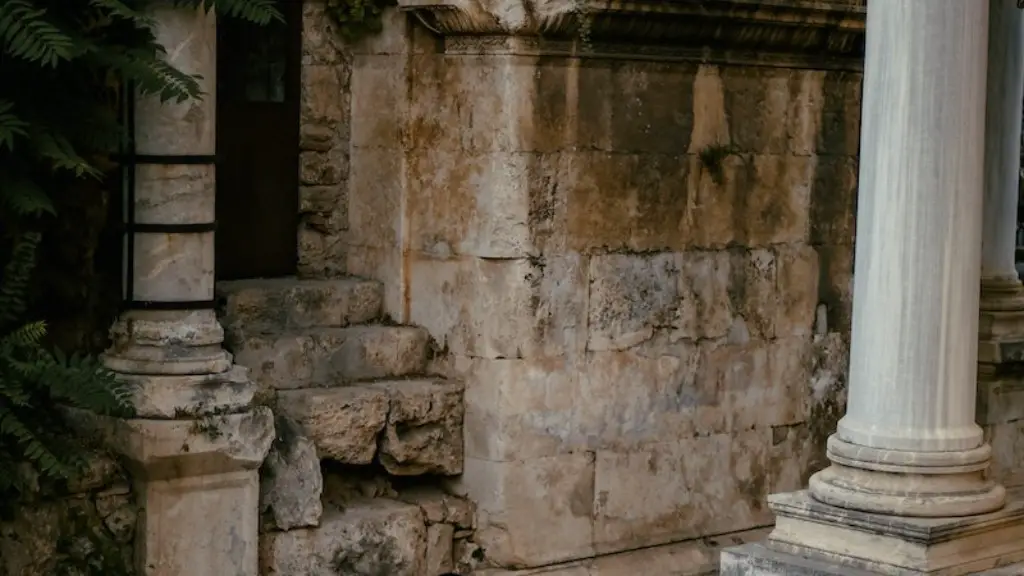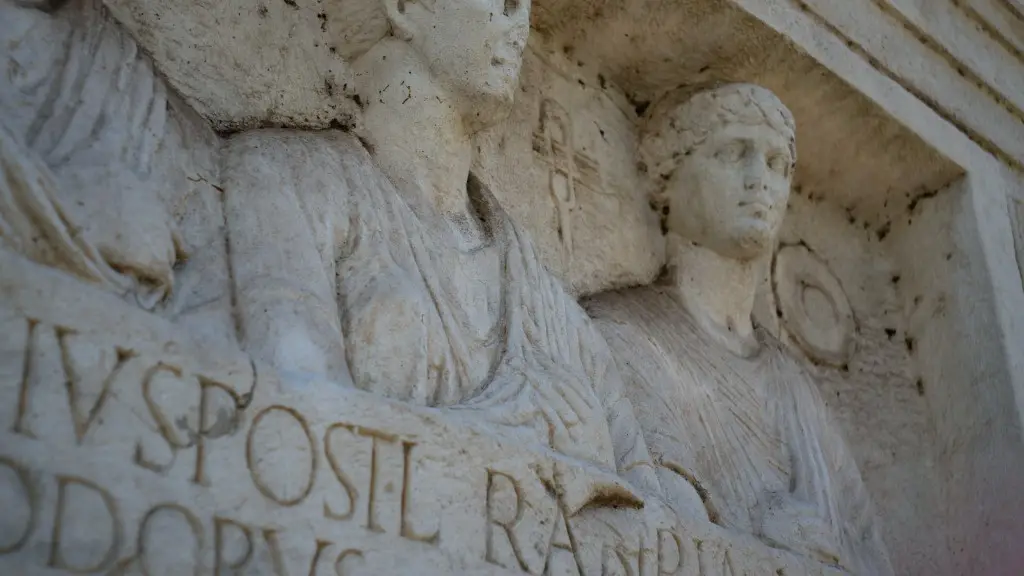Where were the House Churches of Ancient Rome Located?
The House Churches of Ancient Rome were a key component of the early development of Christianity. This diverse and vibrant network of churches existed in the city of Rome, and was an important part of the development of the faith. In the first century, it is estimated that these house churches numbered at least two dozen — often in the homes of wealthy citizens.
Today, the House Churches of Rome remain an important part of the mosaic of Christianity, as it is in the homes of these churches that the faith originated and flourished during its earliest years. Additionally, the House Churches provided a safe haven for those who were persecuted for their beliefs — a place where like-minded believers could come together in the name of the Christian faith.
The overall locations of the presence of these house churches, particularly in Rome, have been the subject of speculation, with archeologists and historians alike trying to trace their exact locations. While their exact whereabouts have been lost to time, there are a few clues that point to the locations of some of the churches.
For instance, according to historical evidence, Pliny the Younger wrote that Christians gathered in homes along the Caelian Hill, an area in the southeastern part Rome. During the early days of Christianity, these houses were likely used as meeting places for Christians of the time.
Another location where house churches may have been located was on Aventine Hill — near the Circus Maximus. The area was well-known for its large population of wealthy citizens, and some believe that the house churches could have been found here as well.
In addition to these locations, some experts have suggested that the House Churches may have been located in the Trastevere area, on the other side of the Tiber River. In this area, archaeologists have found evidence of early Christian symbols and artifacts, suggesting that at least one house church could have been located in this part of Rome.
In recent years, the House Churches of Rome have become a popular tourist destination, with many visitors interested in learning more about the origins of Christianity. The locations of the House Churches continue to remain somewhat of a mystery, although it is believed that they are scattered throughout the city.
Therefore, while it is not known precisely where the House Churches of Ancient Rome were located, it is certain that they played an integral part in the early development of Christianity — and continue to remain an important part of the faith to this day.
The Significance of the House Churches of Ancient Rome
The House Churches of Ancient Rome were an important part of the early development of Christianity, providing refuge and community to those that were persecuted for their faith. It was within these Houses of Worship that the practice and teachings of early Christianity were perpetuated — ultimately leading to the faith’s spread throughout the Roman Empire.
The House Churches of Ancient Rome played an integral part in the early development of Christianity, providing a safe haven for those who were persecuted for their beliefs. The churches provided a sense of community and solidarity between members of the Christian faith — allowing them to come together in the name of the religion. Additionally, it was in these House Churches that early teachings of the faith were perpetuated, ultimately helping it to spread across the Roman Empire.
The House Churches of Ancient Rome also served as an important part of early Christian worship. They provided a space for believers to come together and practice their faith. Additionally, these churches were used for baptisms and for the celebration of important religious festivals, such as Easter and Pentecost.
Finally, the House Churches also provided a place for the followers of the Christian faith to go to escape persecution. The House Churches were a refuge for early Christians — a place where they could come together and celebrate their religion without fear of reprisal from the Romans.
The Impact of the House Churches of Rome on Christianity
The House Churches of Ancient Rome were a crucial part of the early development of Christianity, providing a safe haven for those who were persecuted for their beliefs. By providing refuge and an opportunity to come together in the name of the faith, these Houses of Worship allowed Christianity to become more widely accepted and spread across the Roman Empire.
The House Churches also allowed the early practice of Christianity to take hold, permitting early followers to practice their faith. In addition, the House Churches provided an opportunity for the followers to strengthen their religious beliefs, through the celebration of important religious festivals such as Easter and Pentecost.
Finally, the House Churches of Ancient Rome allowed followers of the faith to escape from persecution, providing a place where they could come together and celebrate their religion in peace. It was in these Houses of Worship that the early leaders of Christianity were able to incubate their religion, allowing it spread to the world beyond Rome.
The Preservation of the House Churches of Rome
The House Churches of Ancient Rome were an important part of the early practice of Christianity. Likewise, today these Houses of Worship are an important part of the mosaic of Christianity, as they remind believers of the faith’s early roots.
In recent years, there have been several efforts to preserve the House Churches and the artifacts contained within them. In some cases, these Houses of Worship have been converted into modern-day churches, where those of the faith can continue to practice their religion in the same way as the early followers of Christianity once did.
In other cases, these Houses have been preserved in their original state, providing an opportunity for visitors from around the world to come and experience the essence of the early Christian faith. Additionally, many of the artifacts contained within these churches have been carefully preserved, allowing visitors to get a glimpse into the history of Christianity.
Ultimately, the preservation of the House Churches of Ancient Rome helps to ensure that history and the memory of the early followers of Christianity will not be forgotten. Moreover, these churches still provide a place of refuge and solidarity for those of the faith, allowing followers of Christianity to come together in the name of their religion.
Interesting Facts about the House Churches of Rome
The House Churches of Ancient Rome were an important part of the early development of Christianity. With that being said, there are a few interesting facts about these Houses of Worship that are worth noting.
For instance, it is believed that some of the Houses of Worship located in the city of Rome were actually built upon pagan worship sites. This means that these Houses of Worship served both as a place of refuge for the persecuted and a place for early Christians to practice their faith.
Additionally, it is believed that some of the Houses of Worship in Rome were even built beneath the city’s sewers — ensuring that the early followers of Christianity could practice their faith without fear of being discovered.
Finally, it is believed that some of the House Churches of Ancient Rome were actually made up of two or three houses that were built together — this allowed for larger gatherings, which was necessary for the early followers of the faith.
The Legacy of the House Churches of Rome
The House Churches of Ancient Rome were an important part of the early practice of Christianity, providing refuge and community to those that were persecuted for their beliefs. Ultimately, these Houses of Worship allowed the faith to spread throughout the Roman Empire, and beyond.
Today, the House Churches of Ancient Rome still serve an important role in the mosaic of Christianity, providing a place of refuge and solidarity. Additionally, these churches still provide an opportunity for visitors from around the world to experience the essence of the early Christian faith.
Therefore, it is clear to see that the legacy of the House Churches of Ancient Rome will continue to live on — providing a sense of hope and connectedness for those of the Christian faith. Moreover, it is through these Houses of Worship that the spirit of the early followers of Christianity will endure.

